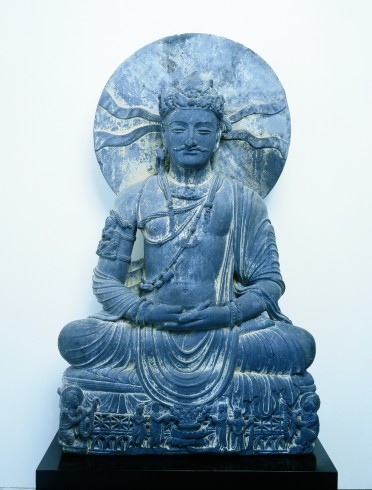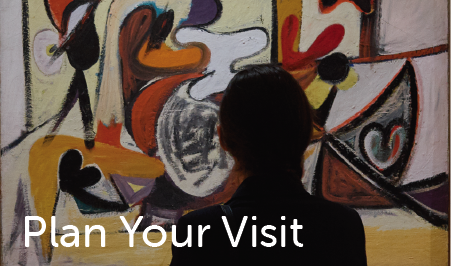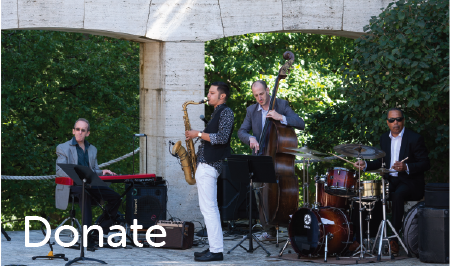Asian Art Collection Bodhisattva Pakistan Pakistan, ancient region of Gandhara A Bodhisattva is a follower of Buddha on the path of enlightenment. Bodhisattvas have chosen to delay attaining buddhahood so they can compassionately benefit all sentient creatures. One would not typically pray to Buddha for help, material needs, or health, as he shows a path to end suffering through detachment from human needs, but it is appropriate to pray to Bodhisattvas, however, as they understand the needs of the mind, heart, and flesh. The Kreeger Museum's Bodhisattva is seated in meditative posture (dhyana) and wears the elaborate garments and jewels typical in representation of Bodhisattvas. A halo surrounds his head, iconography that is seen in both the East and West. Below the figure is a scene of people bringing offerings and donors going about worship. The crisscross pattern along the base is a stylized motif representing the railings or fences (vedikas) which surround Buddhist temples and places of worship. In the 2nd-3rd century CE, this sculpture would have been plastered smooth and painted with bright colors, which were considered auspicious in Indian tradition. Text by Robert DeCaroli, Director of the MA Program in Art History and Professor at George Mason University. |








